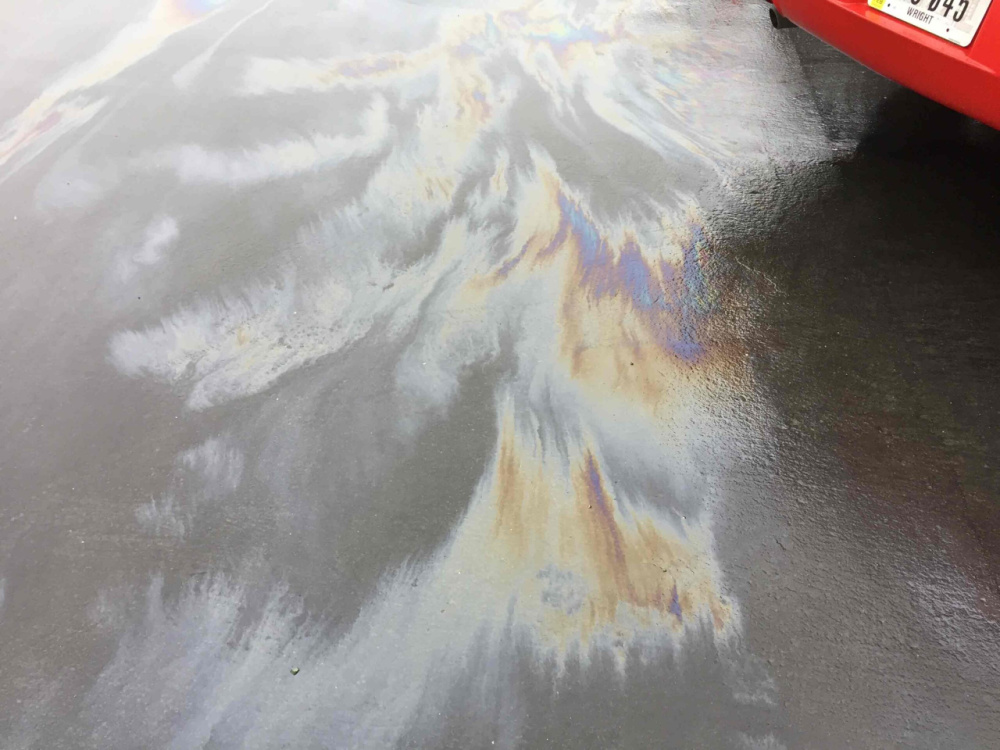Before Iowa’s development, rainfall naturally soaked into the prairie’s rich soils, feeding streams through groundwater recharge. As our communities grew, more surfaces became paved or built upon, preventing this natural infiltration.
Stormwater runoff is rainfall and snowmelt that flows off impervious surfaces such as streets, parking lots, rooftops, and compacted soils. This water typically enters storm drains and underground sewer systems that discharge directly into local waterways without treatment. With more intense rainfall events occurring, managing both water quality and quantity has become increasingly important for our communities.
Did You Know?
One inch of rain falling on a typical residential roof (2,000 square feet) generates about 1,240 gallons of water – enough to fill about 25 standard bathtubs!
What are the challenges with stormwater?
Once 10% of a given watershed (drainage basin) has been converted to impervious surfaces, ecological damage occurs. These impacts include:
Reduced groundwater recharge
The slow infiltration of rainfall into soil and downward percolation through the soil profile is essential for replenishing groundwater. Urban development creates impervious surfaces that prevent rainwater absorption, decreasing groundwater recharge rates. As rainfall patterns become more variable, maintaining healthy groundwater becomes crucial since most Iowans depend on it as a source of drinking water.
Surface water pollution
Stormwater carries many pollutants that impact water quality:
- Thermal pollution occurs when summer rain falls on hot concrete and asphalt before flowing into cooler streams, harming fish and aquatic life that require cold and cool water conditions.
- Bacteria from pet and wildlife waste and failing septic systems can contaminate drinking water sources and close beaches throughout Iowa. E. coli and fecal coliform bacteria can make humans and animals sick.
- Sediment from impervious surfaces and eroded soil from construction sites and streambanks creates muddy water that impacts fish and aquatic life and changes water chemistry.
- Fertilizers containing nitrogen and phosphorus from urban lawns and landscapes promote excessive algae growth, depleting oxygen in lakes and streams. This creates unpleasant environments for recreation and harms fish and aquatic life.
- Pesticides including insecticides and herbicides have been detected in urban streamflow at concentrations that approach or exceed toxicity thresholds for aquatic life.
- Gas and oil (hydrocarbons) from vehicle leaks, gas stations, parking lots, and illegal dumping into storm drains contaminate waterways
- Heavy metals like cadmium, copper, lead, and zinc from vehicle brake linings, junkyards, and metal rooftops can be toxic to aquatic life and accumulate in stream sediments.
- PFAS and emerging contaminants – These “forever chemicals” from consumer products, firefighting foams, and industrial processes can enter stormwater through runoff from landfills, industrial sites, and even residential areas. These compounds persist in the environment and can accumulate in fish and wildlife, potentially affecting human health when they enter drinking water sources.
- Salt/chlorides applied to sidewalks, roads, and parking lots in winter appear in stormwater runoff at concentrations that impact many freshwater organisms.
- Trash (litter and debris) washes through storm sewer systems and ends up in local streams, damaging natural environments.

Streambank degradation
Stormwater runoff empties into streams rapidly during heavy rains, causing “flashy” flows. This exposes stream beds and banks to highly erosive flows more frequently and for longer periods. Streams typically respond by widening or deepening to handle the increased flow. This constant adjustment adds sediment to streams, changes stream shape, and impacts fish and wildlife habitat.
Increased flooding risks
Urban development increases water volume and delivery speed to streams due to impervious surfaces and storm drains. When streams can’t handle this additional volume, water spills into adjacent floodplains, causing “overbank” flooding that damages property and infrastructure.
Urban areas are especially vulnerable to “flash” floods that come and go quickly but can be destructive. In Iowa, a 100-year flood (which has a 1% chance of occurring in any given year) typically follows seven inches of rainfall in a 24-hour period. As heavy rainfall events become more common, properties and structures not previously subject to flooding may face new risks, highlighting the need for forward-thinking stormwater management approaches that build community resilience.
